As a tribute to the memory of Dr. K. V. Ramesh, a collection of essays is presented by scholars who admired and adored him. Dr. K. Ramesh, for whom this collection of essays is meant, was such a scholar, whose scholarship was widely acclaimed and applauded. An erudite scholar and accomplished epigraphist of high caliber Dr. Ramesh combined in himself the orthodoxy of old school of thought and recent trends in the Indian historiography. Dr. Ramesh was a versatile genius whose passion included not only epigraphy but also other fields. His mastery of Sanskrit, Tamil, Kannada and English was really enviable. A connoisseur of arts and letters he was equally at ease in solving crossword puzzles as he decipher ancient inscriptions written in a complicated script. Epigraphy obtained a new lease of life during his tenure and research scholars thronged to the branch in large numbers which earned the branch a sobriquet sMecca of epigraphical studies. It is a thrilling experience to go through the books authored by him as they are written in a breezy style. A polyglot he was a role model to many. It was he who brought the epigraphists out, who were locked in their shells, and exposed them to the scholarly world. Verily, the epigraphy branch reached new heights and epigraphists are revered and regarded because of Ramesh’s open door policy.
Contents: Section I : Epigraphy and Numismatics: 1. Maghas and Malava: Numismatic implications/B.R. Mani. 2. Fragmentary Kachchhapaghata stone inscription from Gwalior/Aravind K. Singh. 3. Observations on the palaeography of Bengal coins and inscriptions (5th-11th century A.D.)/Sayantani Pal. 4. Badami Cliff inscription: with reference to the Fort/S.K. Joshi. 5. Recent discoveries at Tirunedunkalam/M. Nalini. 6. Forerunners of Chola Meykkirttis/E. Francis. 7. Meaning and significance of inscriptions/M R R Varrier. 8. Brahmi and Brahmins under Asoka/R. Nagaswamy. 9. Need for epigraphy based research/V. Manickam. 10. Jhadasahi Copper plate charter of Ranabhanja Prithivikalasa of Vanjulvaka/Snigdha Tripathy. 11. Epigraphy as a source in India and South-East Asia – A study from Cambodia (5th-8th centuries A.D.)/K. Shyamala and P.M.K. Reddy. 12. Pulankuruchchi – a study/G. Vijaya Venugopal. …. Section II : History: 38. Agricultural guild/M.D. Sampath. 39. Management of water resources/S. Nagaraju. 40. Villagers’ desertion as seen in Vijayanagar Tamil inscriptions/Noboru Karashima. 41. The revenue policy of the later Pandyas of Tamil Nadu (C.E. 1300-1500)/P. Chandrasekharan. 42. Jaina monasteries: a study/Hampa Nagarajaiah. 43. Valanchuli – interesting observations/R. Kalaikovan. 44. A Jaina centre at Malaikulam/V. Vedachalam. 45. State, society and temple in early medieval South-India: a historiographical critique/Venkata Raghotham. 46. An ethnographic study of Veergals of Hassan District, Karnataka/Vrushab Mahesh. 47. Little known facts of the early history of Jharkhand (an epigraphical perspective)/Snigdha Tripathy. 48. Instability, opportunity and innovation: Periodization, epigraphy and temple-building in medieval Tamil Nadu/Leslie C. Orr. 49. A great Sanskrit poet of the Chola times/Charu and Chitra Madhavan. 50. Mahabharata in early Tamil tradition/K.V. Raman and T. Padmaja…. Section III: Archaeology, Iconography, Languages and Paintings: 63. Why did Bharata mention just four figures of speech? Edwin Gerow. 64. Buddhist clay sealings from the Rajaghatta excavations/M.S. Krishnamurthy. 65. On the history of the Aghoresvara temple in Ikkeri, Karnataka/A. Sundara. 66. The statue of Jayavarman VII – King Asoka of Cambodia/Amarnath Khanna. 67. Pivotal role of buffalo in Hindu faith and arts in Karnataka/Jayalakshmi Yegenaswamy. 68. Mahishasuramardini in the Vijayanagara art/K. Sudhakar. 69. The date of Manasollasa and its author/Shrinivas Ritti. 70. Antiquity of Telugu as classical language: Epigraphical evidences/P. Channa Reddy. 71. The mural paintings at Tirumallesvara Temple, Hiriyuru, Karnataka/G. Sarvamangala and S.M. Somasekhara. 72. A revisit to the less known Yogini temple in Central India/Sunanda Srivastava.

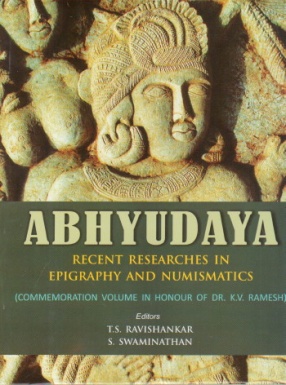
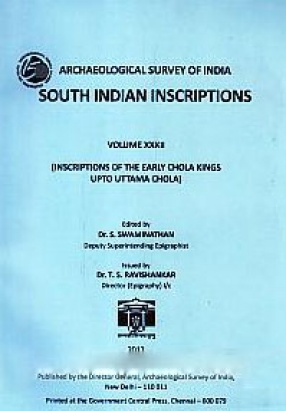
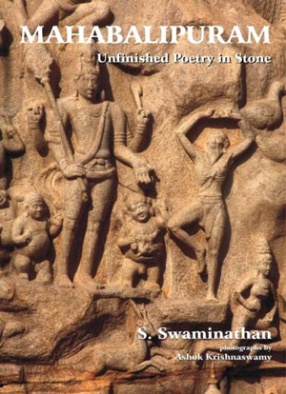

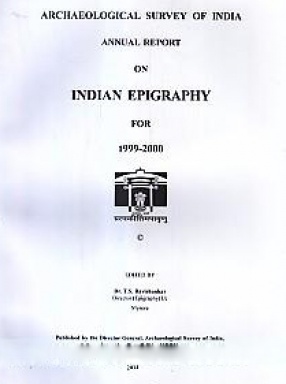

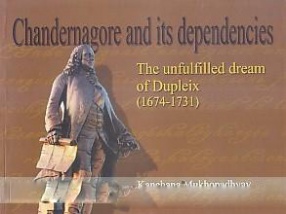
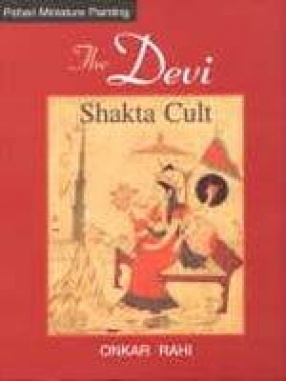
There are no reviews yet.